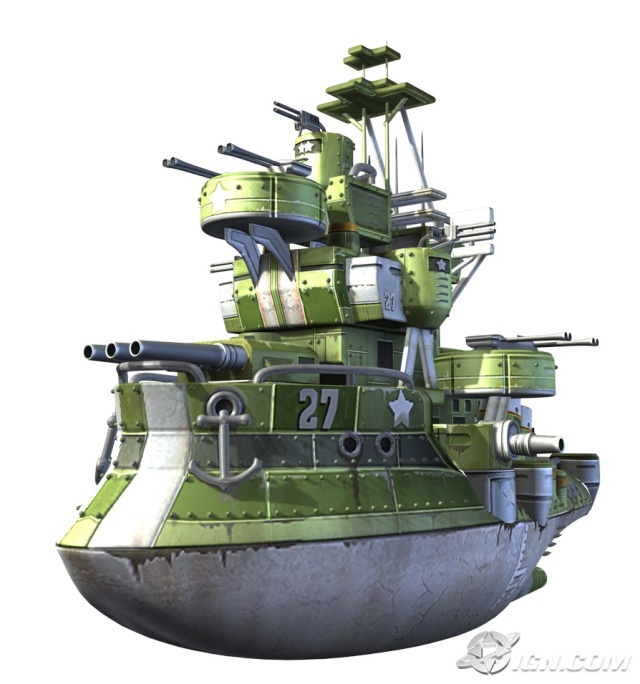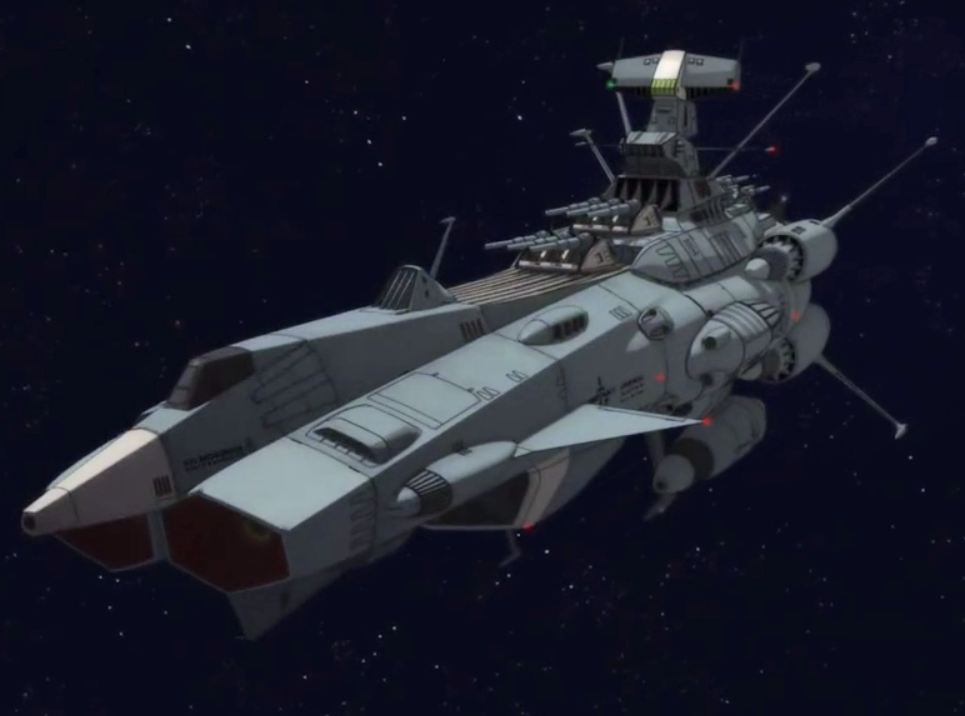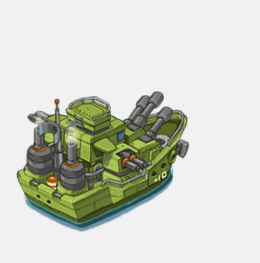

We have perhaps clung to battleships of our own for too long and with an even tighter grip. Does this sound familiar? For those of us in health care it should.

They were replaced by disruptive technology that was both less expensive and more effective. Why? Despite their high cost and advanced technology, battleships quickly became obsolete. Today, there are no battleships in service anywhere in the world. World War II veterans USS Missouri and Wisconsin were the last to see combat, launching cruise missiles and firing 16-inch guns to support Operation Desert Storm in 1991. The ironically named Vanguard, launched by Great Britain in 1946, was the last battleship built. Only Yamato succeeded in sinking opposing warships. By the end of the war, all three had been destroyed thanks to action by either carrier-based planes ( Yamato and Musashi) or submarines ( Shinano). These monsters, including Yamato, Musashi, and Shinano, were 839 feet long, displaced 72,000 tons, and sported 18-inch guns capable of hurling 3200-pound shells over 26 miles. The Japanese constructed the largest: the Yamato class. This feat was carefully studied by the Japanese, who carried out a similar attack on the US Pacific fleet at Pearl Harbor the following year.ĭespite their vulnerability, battleships continued to be built. Four years later, on the night of November 11, 1940, a squadron of 21 British Swordfish biplanes sank a large portion of the Italian fleet at anchor in Taranto. Stripped of pay and forced to resign, he died of heart disease in 1936, at age 56. His career ended in 1925 when he was court martialed for criticizing the Army following the crash of the dirigible Shenandoah. Second, Mitchell was demoted to the rank of colonel and transferred to San Antonio, Texas, where he continued to antagonize his superiors. First, news that aircraft had sunk a battleship was suppressed by Army Chief John “Blackjack” Pershing.

In June 1921 he organized a demonstration against actual warships during which his squadron sank a destroyer, a light cruiser, and the captured German World War I battleship Ostfriesland. But few commanders had the imagination needed to see aircraft as more than flying scouts for surface ships.Īn American brigadier general named Billy Mitchel could see their potential. More than a hundred could be built for the price of a single submarine. Submarines, which Germany used in World War I to effectively strangle British imports, cost 90% less. US Naval Academy graduates jockeyed for assignment to battleships, which remained the most coveted appointments for both officers and enlisted men. Ignoring these developments, Great Britain built an additional 30 battleships during the war, at a cost that left it virtually bankrupt by war’s end.įollowing German defeat in World War I, battleships remained the symbol of naval power. But while battleships on all sides spent much of the war safely at anchor, two new disruptive technologies emerged: submarines and naval aircraft. Both sides held back to ensure that their battleships were not sunk. The battle of Jutland in 1916 was an exception, bringing 28 Royal Navy battleships face to face with 16 German battleships. In World War I (1914–1918), most British battleships served defensive duty, keeping the German fleet bottled up in port. A single battleship accounted for more than 2 million pounds sterling, the equivalent of over US$5 billion today, or almost 10% of Great Britain’s naval budget in 1900. Poorer nations could only look on with envy. The Great Powers-Great Britain, the USA, Germany, Russia, Japan, and Italy-scrambled to build their own.
#BATTLE NATIONS DREADNOUGHT UPGRADE#
This was a significant upgrade from the first Royal Navy Dreadnought (1573), which flung solid shot weighing 10 to 12 pounds several hundred yards in “broadsides” against other wooden ships.ĭreadnought rendered other warships obsolete.

Armed with five turrets containing 12-inch guns, Dreadnought could hurl 850-pound explosive shells 14 miles. Three boiler rooms drove high-pressure turbine engines generating 23,000 horsepower. At 527 feet long and displacing 18,000 tons, it was the largest warship ever built. In 1906, the British Navy launched HMS Dreadnought.


 0 kommentar(er)
0 kommentar(er)
